In the first of our Wider View series with H. B. Fuller for 2025, we look at the Net Zero challenge from the viewpoint of the beverages sector and the specific role labelling and adhesives technologies will play here as part of the overall solution.
As we know, the world’s collective target is to limit global temperature rise to 1.5°C and achieve Net Zero emissions by mid-century. The beverage industry has a major role to play here - it accounts for around 3.8% of global carbon dioxide emissions according to reports.
A Zero Waste Europe report, prepared by Eunomia Research & Consulting, found that in single-use packaging, all three major beverage packaging materials – glass, PET and aluminium are projected to surpass their allocated carbon budget. In fact, the report’s authors found, “The beverage packaging sector in the EU as a whole is expected to exceed its total carbon budget. It is evident that sustaining or increasing current demand for beverage packaging materials is incongruent with achieving a future of less than 1.5°C global warming.”
“The beverage packaging sector in the EU as a whole is expected to exceed its total carbon budget. It is evident that sustaining or increasing current demand for beverage packaging materials is incongruent with achieving a future of less than 1.5°C global warming.”
Elizabeth Staab, H.B. Fuller’s Global Packaging Sustainability Manager (who earlier this year also recorded a podcast with Packaging Europe’s Libby Munford), explains how the sector’s Net Zero goals are set against the regulatory context across Europe.
“Industry in Europe is heavily engaged in devising, refining and implementing their net zero strategy to achieve the goals set out by the European Green Deal to be carbon neutral by 2050,” she said. “The food and beverage industry are at the heart of these efforts, scrutinizing their supply chains, operations and distribution. The beverage industry in particular faces a challenge, with packaging making up a large portion of its carbon footprint. Producers and brands are tackling this in different ways, yet the end goal remains the same.”
There are many different facets to this challenge depending on factors such as the material used for manufacturing bottles, delivery models, reuse vs. recycling, collection rates, and more.
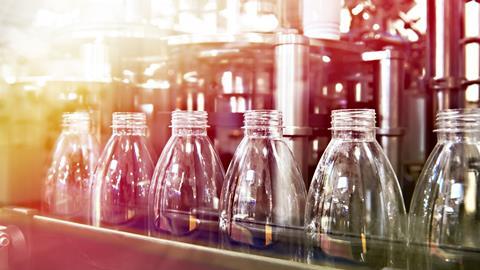
Glass: ‘A well-established reuse model’
Reuse targets are a key part of current legislation. The PPWR (Packaging and Packaging Waste Regulation), for instance, mandates that by 2030, 20% of cold and hot beverages will have to be filled in a container that is part of a reuse system, and 80% by 2040. Reuse is proving more difficult to scale than many would have hoped, but the situation is complex and material specific.
For example, according to the Zero Waste Europe report, glass has a particularly high energy consumption, but at the same time it is also the bottling material most widely reused, particularly among breweries and water distributors.
Given that glass is suited for reuse rather than single-use, how can we ensure reuse models have the least environmental impact when significant amounts of energy and water will be required to transport, wash and return glass bottles? It is here that using the correct labelling systems can play a key role.
“Collecting the bottles, washing them and preparing them to be refilled and distributed in supermarkets and retails outlet is a well-known, well established reuse model,” she says. “The distance refillable bottles need to travel is a key determinant, if this model is environmentally sustainable. In addition, for producers, water use and energy needed in the washing process is a key area for reduction to achieve their Net Zero goals. Ensuring labels are washed off completely, every time, without label carryover is essential, thereby reducing detergent levels and water temperatures offer additional benefits. These may be achieved in a closed bottle pool, when producers have control over all steps in their production process.”
Staab says solutions such as H.B. Fuller’s Earthic™ 2023 water-based labelling technology has been ‘uniquely formulated’ to achieve exactly these results in the bottle washer: zero label carry-over, less detergent and lower water temperatures for closed loop bottles.
Furthermore, “When producers are operating in an open-loop environment, the use of H.B. Fuller’s extremely efficient Earthic labelling technology does offer benefits for the portion of bottles that the producer did fill and label with this efficient labelling adhesive.” she said.
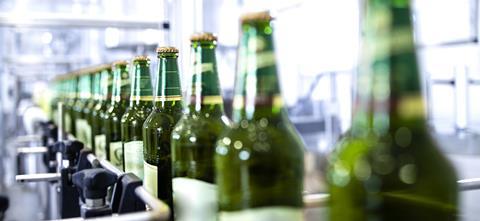
Achieving Net Zero with PET
We now move on from glass to PET, the most widely mechanically recycled plastic globally and also the most commonly-employed material for beverage packaging. When it comes to single-use models, this material offers a more compelling option than glass as it is relatively light, low carbon-intensive, and cheaper to produce. The specific challenges here are how to enhance recyclability and circularity. The choice of adhesives is an important factor, both in terms of security and ease of removal for recycling:
“Wrap-around labels are most commonly employed on PET bottles and use a minimal amount of adhesive for secure adhesion. For carbonated soft drinks that expand with changing temperatures, these adhesives need to offer good flexibility to ensure the label stays in place and doesn’t pop off,” Staab said.
She continued, “Of similar importance is the removal of labels and adhesive at the recycler. The hot caustic wash and grinding are the key removal steps, and their efficiency is enabled by hot melt labelling adhesives designed for recyclability that are alkali washable. H.B. Fuller’s Earthic labelling grades are PETCycle, Returnpack and Papla/Veolia certified and finetuned for precisely this recycling process.”
PET bottle collection, sorting, and recycling will also benefit from future deposit return schemes (DRS). According to the PPWR, if countries are not able to achieve more than a 90% collection rate by 2029 then such schemes will become mandatory. Established schemes in countries such as Germany, Lithuania, Slovakia and Norway have already created significant gains. And given it has been widely reported that all Member States have fallen short of collection targets we may be seeing the more widespread uptake of DRS sooner rather than later. Once more, this is where labelling technologies, such as those from H. B. Fuller designed for easy wash-off, can play an important role.
“Deposit return schemes are a key pillar for the success of PET bottle recycling and are also used for glass bottles and aluminium cans in some countries,” Staab says. “Currently, several EU countries including the UK are discussing DRS and their implementation. The expectation is that this will substantially increase collection and recycling rates. Studies have shown that the deposit amount per container is a key indicator of the success of the scheme: if the deposit is only a few cents, consumers are not sufficiently incentivized to return the containers.”
The importance of transport packaging
Given the increasing focus on mandatory requirements such as for DRS, H.B. Fuller also believes it is important to shine a light on one area of the supply chain that is perhaps often overlooked: transport packaging.
The regulatory context is a factor. The PPWR includes a section on transport packaging: under Article 29(1), pallet wrappings and straps of any material will be held to a 40% reuse quota when delivering cross-border between independent economic operators from 1st January 2030. This means that industries will in many cases be obliged to rethink how their goods are transported to customers.
Because it’s essential to reduce costly breakage or product spoilage, a lot of packaging material is often used to secure the load to a pallet. But there are ways to reduce the material use while keeping the products safe, such as through adhesives technology.
“Hot melt swirls and water-based adhesives alike are used to secure containers on a pallet, significantly increasing the inherent pallet stability and offering the opportunity to reduce materials used,” Staab says. “This is an area with much hidden potential to save materials and costs.”
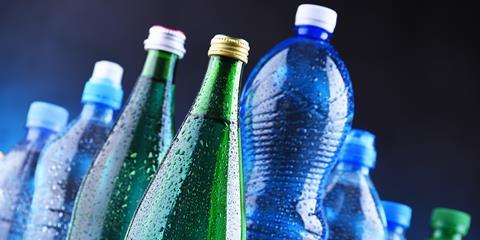
Net Zero – A challenge for the whole supply chain
Clearly there are numerous topics for beverage manufacturers to consider in today’s regulatory environment as they move towards Net Zero targets. Adhesives can play a key role here, but the task involves looking holistically at the entire value chain, from raw materials sourcing to production, packaging and distribution.
“The challenge of driving to Net Zero in the beverage industry is multifaceted and needs to be tackled along the entire supply chain,” Staab says. “Adhesives are a key component of labelling beverages and when selected with a design for recycling mind-set will achieve the results needed to increase recycling efficiencies.”
H.B. Fuller is dedicated to supporting the beverage industry’s sustainability efforts through innovative adhesive solutions that enhance recycling efficiencies and reduce environmental impact. Contact H.B. Fuller to learn more about how you can make adhesives technology an integral part of your company’s Net Zero strategy.

This premium feature brings a completely new way for you to interact with our audience through a combination of collaborative editorial and premium promotion. An article written together between you and Packaging Europe’s content team, The Wider View will have a dedicated widget across all web pages & eNewsletter, and will link to a stunning, long-format web page put together by our design team featuring your graphics and branding. Carrying no other advertising, and pushing the limits of ordinary web communications, this is the ultimate digital content package

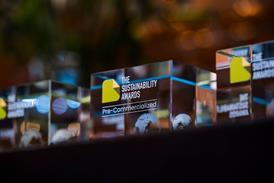
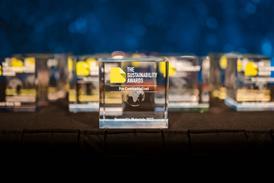
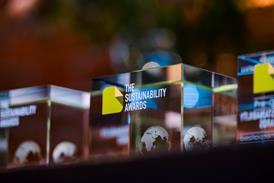
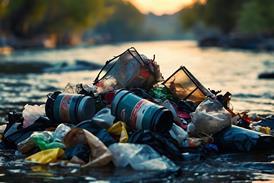
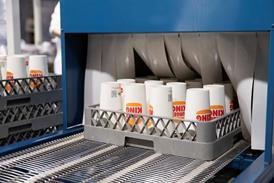
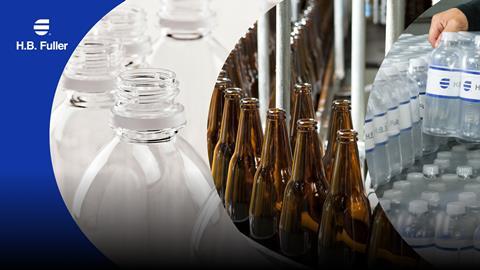















No comments yet